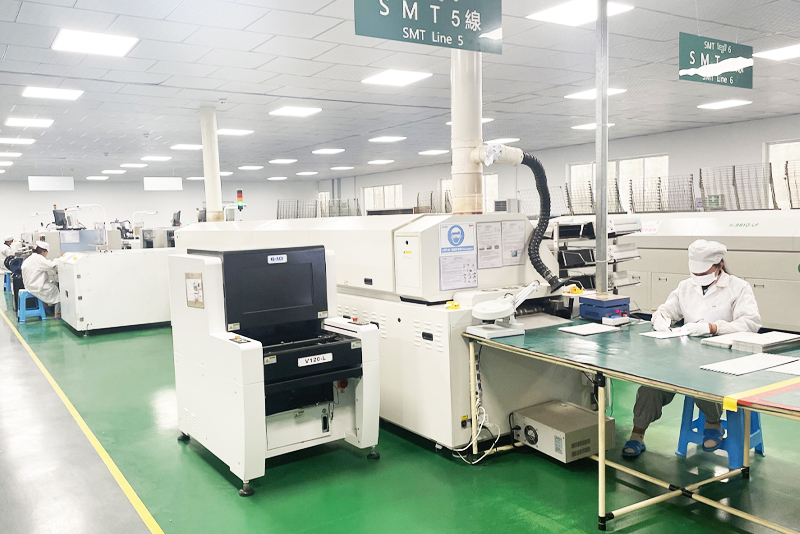Introduction:
Solar street lights are becoming increasingly popular due to their energy efficiency and cost-effectiveness. However, with so many options
available in the
market, it can be overwhelming to choose the best solar street lightsfor your needs. In this article, we will discuss the key factors to consider when selecting solar street lights and provide you with a comprehensive guide to help you make an informed decision.
Outline:
I. Introduction
II. Benefits of solar street lights
III. Factors to consider when choosing solar street lights
A. Location
B. Brightness and coverage
C. Battery capacity and type
D. Solar panel efficiency
E. Durability and weather resistance
F. Cost
IV. Types of solar street lights
A. All-in-one solar street lights
B. Split-type solar street lights
C. Semi-integrated solar street lights
V. Installation and maintenance
VI. Conclusion
VII. FAQs
Benefits of Solar Street Lights:
Solar street lights offer numerous benefits, making them a popular choice for outdoor lighting solutions. Some of the key advantages include:
Energy efficiency: Solar street lights use renewable energy from the sun, making them highly energy-efficient and reducing your
electricity bills.
Cost-effectiveness: While the initial cost of installation may be higher, solar street lights have low maintenance costs and do not
require electricity, making them a cost-effective option in the long run.
Environmentally friendly: Solar street lights do not emit any harmful gases or pollutants, making them an eco-friendly lighting
solution.
Easy installation: Solar street lights do not require any wiring or trenching, making them easy to install in any location.
Versatility: Solar street lights can be used in a variety of outdoor settings, including streets, parking lots, parks, and gardens.
Factors to Consider When Choosing Solar Street Lights:
When selecting solar street lights, there are several factors to consider to ensure you get the best product for your needs.
Location:
The location where the solar street lights will be installed is an essential factor to consider. The amount of sunlight the area receives will
determine the size and type of solar panel needed for the lights to function efficiently. Areas with high levels of shade or buildings blocking
sunlight may require larger solar panels or a different type of solar street light.
Brightness and Coverage:
The brightness and coverage of solar street lights are measured in lumens. The higher the lumens, the brighter the light will be. Consider the
area you want to illuminate and choose a solar street light with the appropriate lumens to provide adequate lighting.
Battery Capacity and Type:
The battery is a crucial component of solar street lights as it stores the energy collected from the sun during the day to power the lights at
night. The battery capacity and type will determine how long the lights will stay on and how many days they can operate without sunlight.
Lithium-ion batteries are the most commonly used in solar street lights due to their high energy density and longer lifespan.
Solar Panel Efficiency:
The efficiency of the solar panel will determine how much energy it can convert from sunlight. Look for solar street lights with high-efficiency solar panels to ensure maximum energy conversion and longer battery life.
Durability and Weather Resistance:
Solar street lights are exposed to various weather conditions, so it is essential to choose lights that are durable and weather-resistant. Look for lights with high-quality materials and IP ratings to ensure they can withstand harsh weather conditions.
Cost:
The cost of solar street lights can vary significantly depending on the type, size, and features. Consider your budget and choose a product
that offers the best value for money while meeting your requirements.
Types of Solar Street Lights:
There are three main types of solar street lights available in the market:
All-in-one solar street lights: These lights have all the components, including the solar panel, battery, and LED lights, integrated into
one unit, making them easy to install and maintain. Split-type solar street lights: These lights have a separate solar panel and battery,
connected to the LED lights through a cable. They are more flexible and can be installed in areas with limited sunlight.
Semi-integrated solar street lights: These lights have a separate solar panel and battery, but the battery is integrated into the light
fixture. They offer a balance between the other two types, providing easy installation and flexibility.
Installation and Maintenance:
Solar street lights are relatively easy to install, and most come with detailed instructions. However, it is recommended to hire a professional for installation to ensure proper placement and wiring. Maintenance is minimal, and regular cleaning of the solar panel and battery replacement when needed will ensure the lights continue to function efficiently.
Conclusion:
Solar street lights are an excellent alternative to traditional lighting solutions, offering numerous benefits and cost savings. When choosing
solar street lights, consider the location, brightness, battery capacity, solar panel efficiency, durability, and cost to ensure you get the best
product for your needs. With proper installation and maintenance, solar street lights can provide reliable and sustainable lighting for years
to come.
FAQs:
How long do solar street lights last?
Can solar street lights work in cloudy weather?
How do I know what size solar panel I need for my solar street lights?
Are solar street lights suitable for all outdoor areas?
Can I install solar street lights myself?



















 English
English










 Scan WhatsApp
Scan WhatsApp Scan Wechat
Scan Wechat Scan WhatsApp
Scan WhatsApp Scan Wechat
Scan Wechat Consult Now
Consult Now






